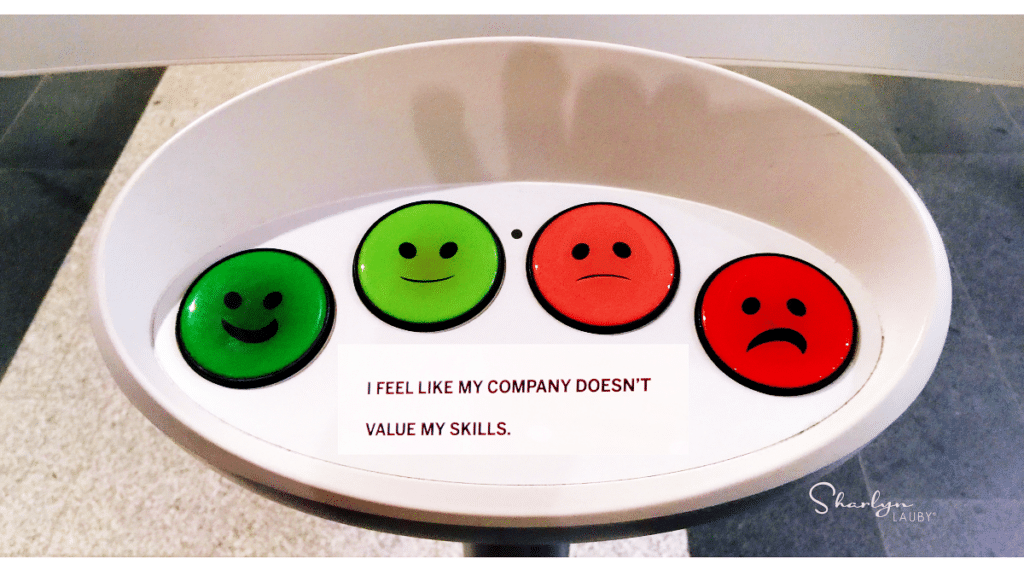Estimated reading time: 3 minutes
We’ve all heard the word “friction” before. It means the force that resists motion between two surfaces. I often think of friction when I’m wearing a new pair of shoes, and the friction produces a blister.
Well, the other day, I was reading The New York Times Dealbook and they were talking about friction in organizations. The idea is similar. Organizations start adding “friction” to their processes and in the end, it produces poor outcomes. Examples of friction include:
- Company websites that are slow or glitchy.
- Products that are always out of stock.
- Customers that have to wait a long time to speak with customer service.
Friction can also exist inside organizations. Examples include:
- Employees can’t get answers to their questions, whether that’s because HR isn’t available, or a self-service technology doesn’t work well.
- Regular paycheck errors and delays to correct the issue, whether that’s because the manager isn’t reviewing transactions, or the payroll team isn’t authorized to fix issues.
- Employees who have to wait exceptionally long periods of time for benefits like waiting a year to get an employee referral bonus. And just in case you’re wondering … yes, that does happen.
Recently, we talked about making experiences “easy to buy, easy to use, and easy to share”. That’s a great example of reducing friction. Here are a few more things to consider:
Make reducing friction a regular activity. Don’t wait until there’s a problem. Organizations should routinely examine their processes to make sure that friction isn’t hurting the operation. I could see how organizations don’t intend to create friction, but they add a little step here or make a small change and before you know it, the process lacks effectiveness and efficiency.
Reducing friction is an organizational initiative. This can’t just be targeted in a single department. Every department should make process reviews a part of the way they function. I’ll use HR and accounting as an example. If HR does a process review and streamlines a few things … but accounting doesn’t … then it’s possible the results will be small or non-existent.
Focus on more than cost-cutting. While reducing friction might have a direct impact on expenses, it’s possible that some friction reducing activities will result in more indirect outcomes like better customer service, improved productivity, etc. which does ultimately have a positive effect on finances.
Communicate changes. Organizational departments work together and should consult each other when it comes to process reviews and changes. Everyone needs to buy-into the new process. The new process should be communicated to everyone, and a transition plan should be in place.
The business world is constantly changing and that means the way we do things will change too. It only makes sense to review processes to make sure the organization isn’t being wasteful. That’s good for the company, employees, and customers.
Image captured by Sharlyn Lauby while exploring the streets of London, England
The post Organizations: Time to Reduce Friction In the Workplace appeared first on hr bartender.





